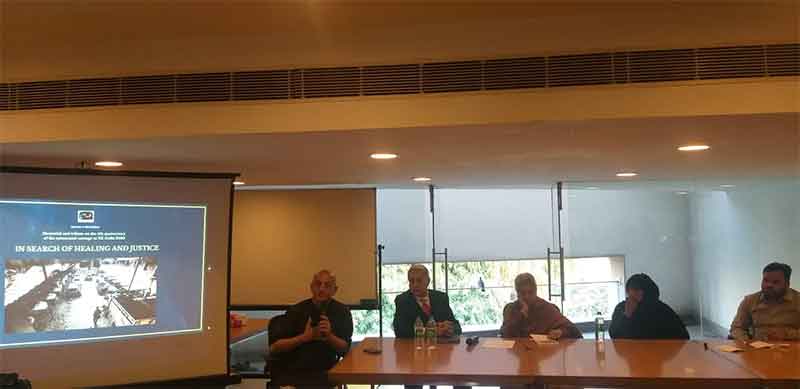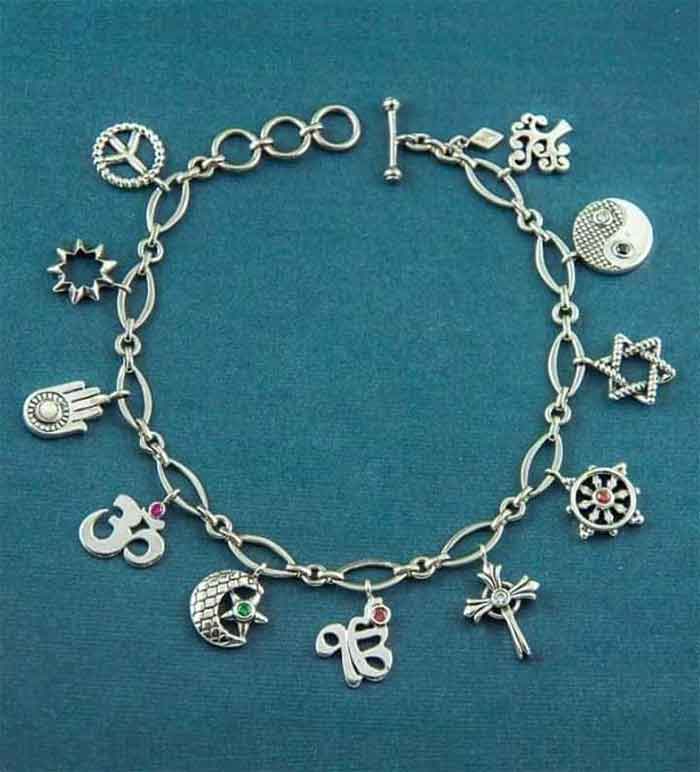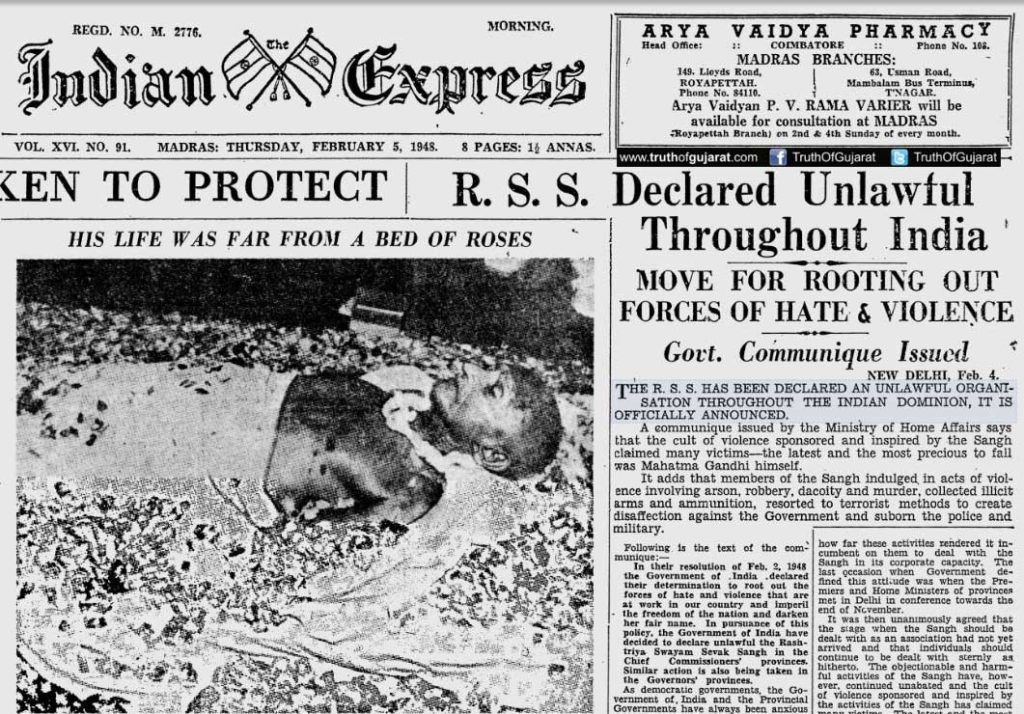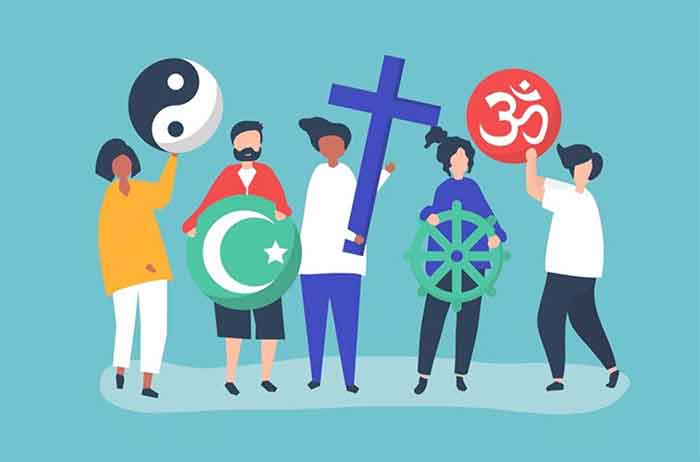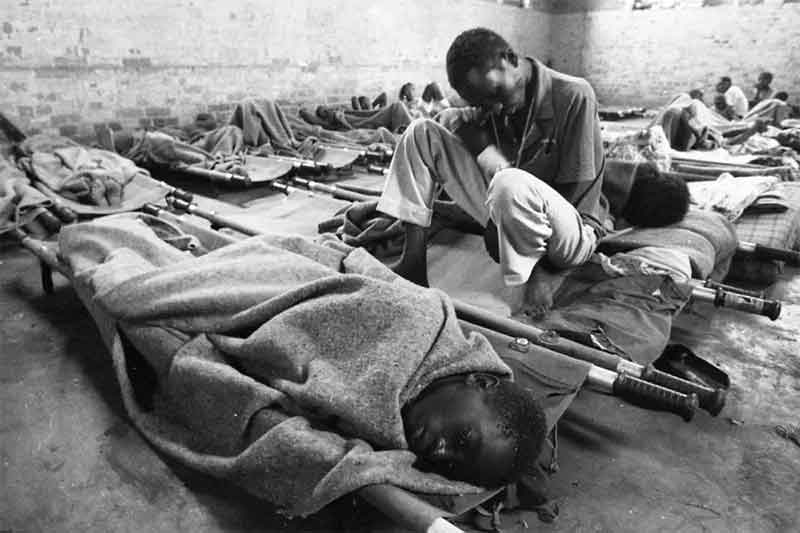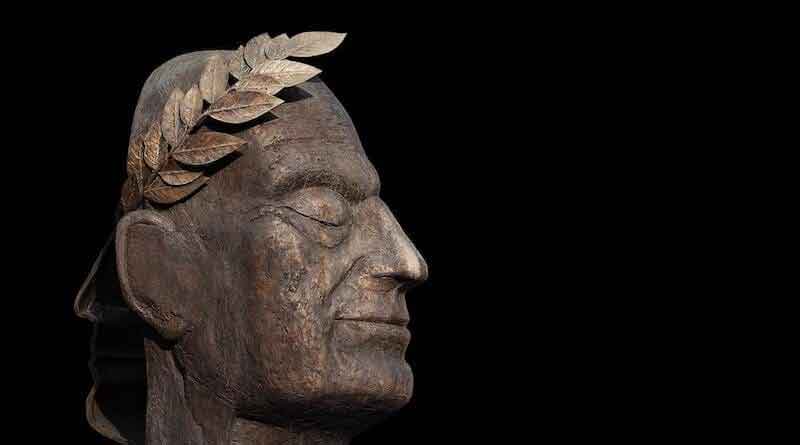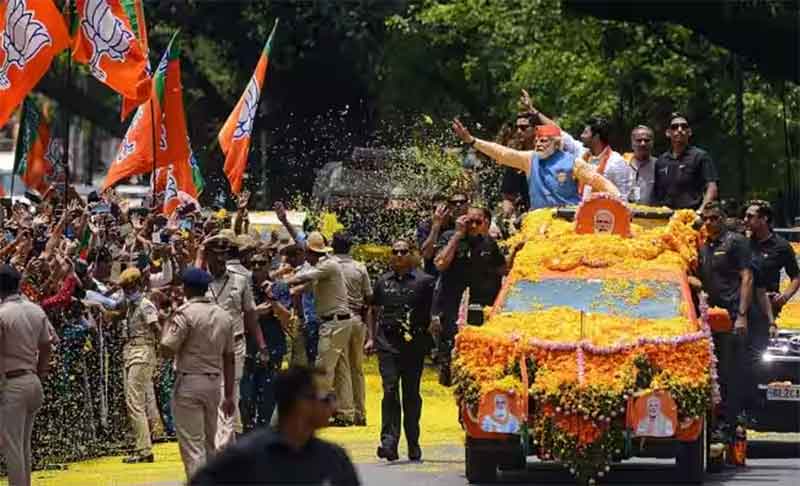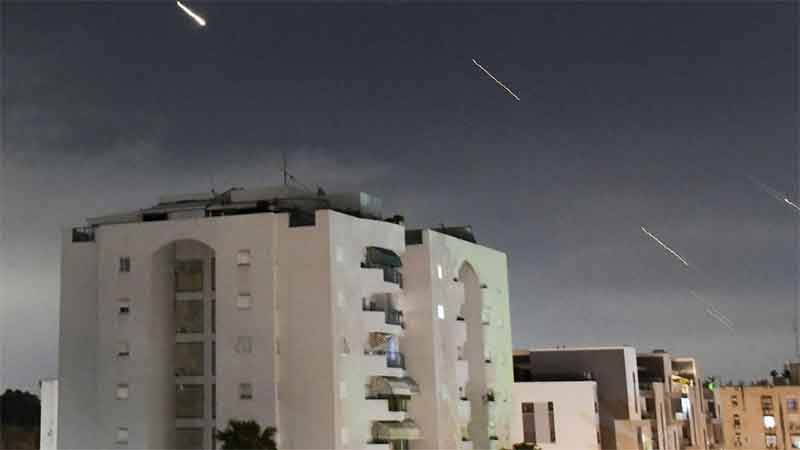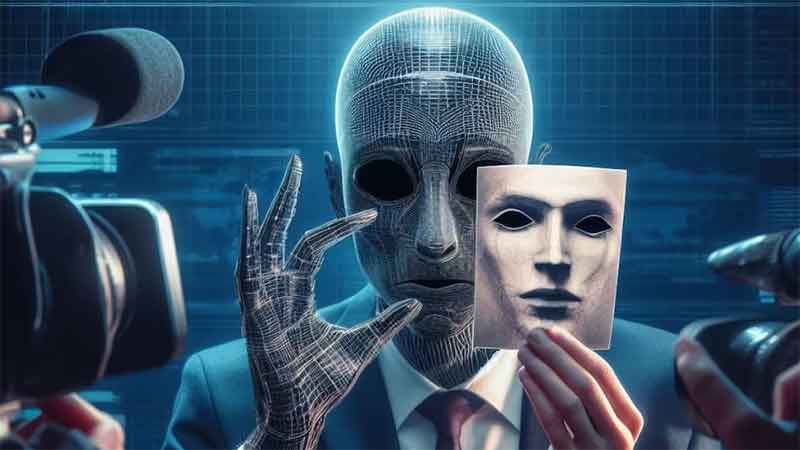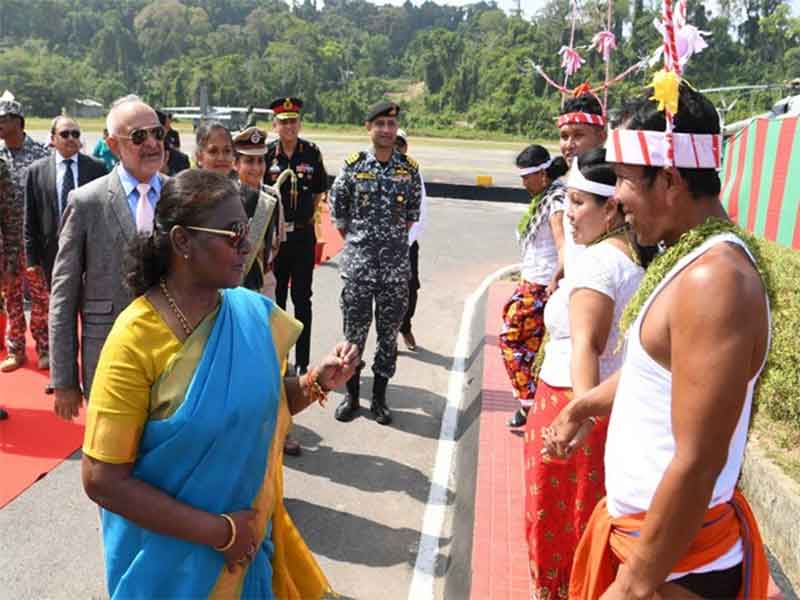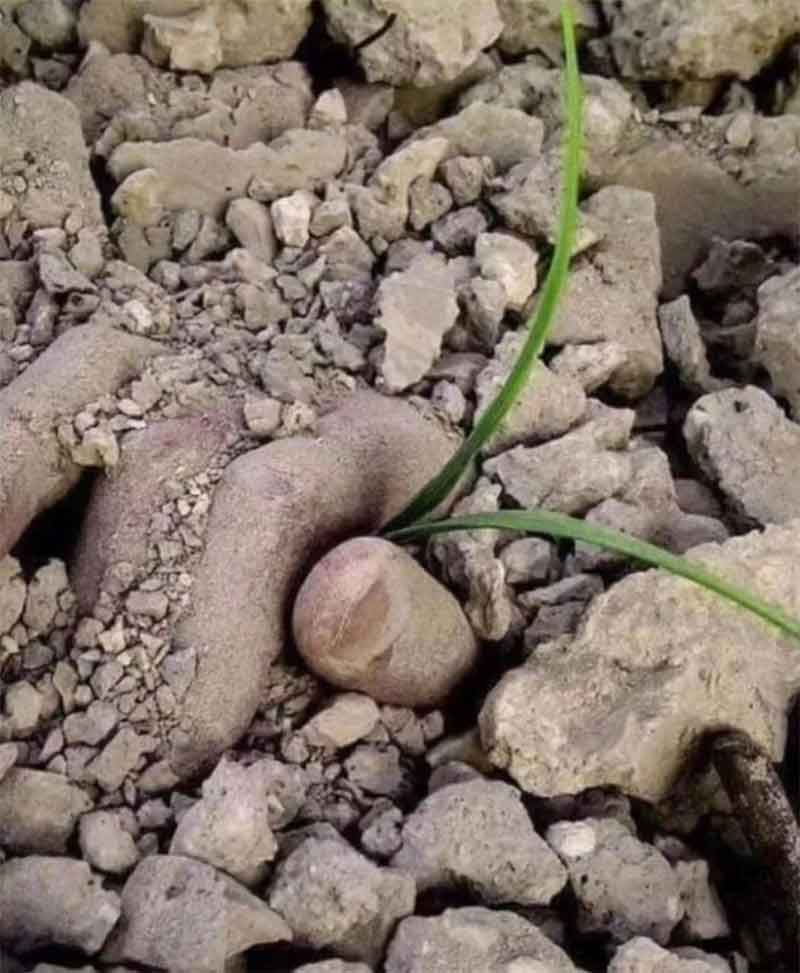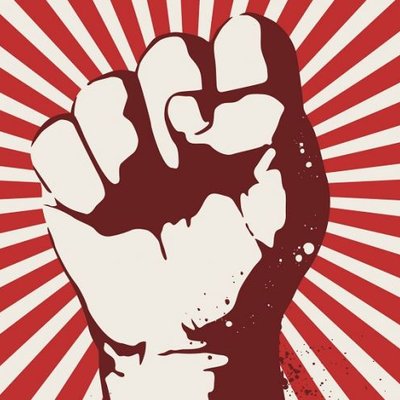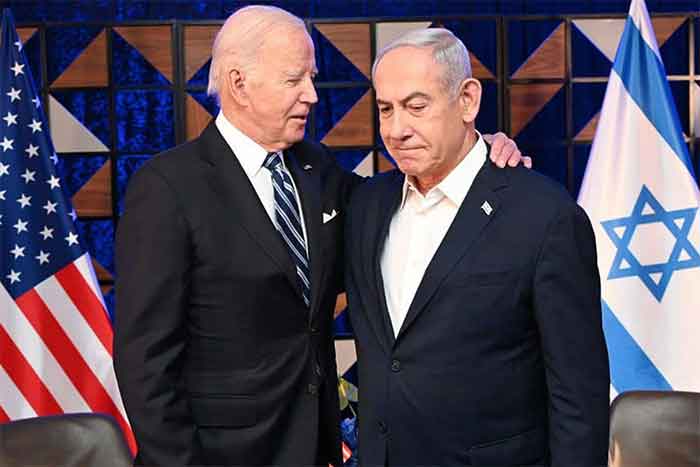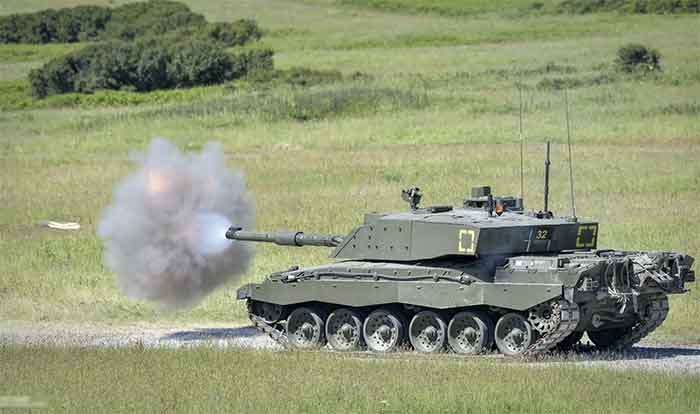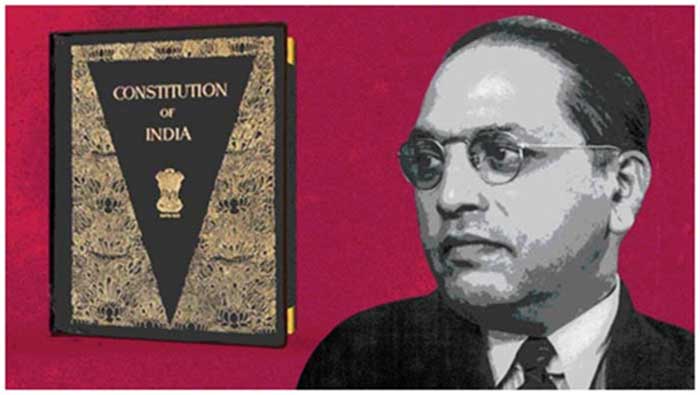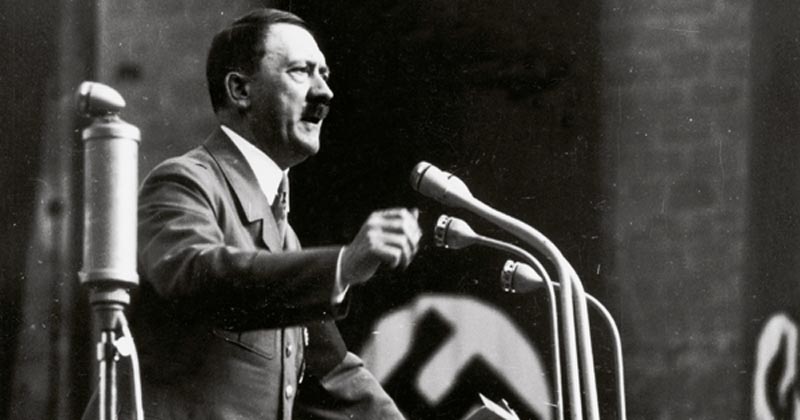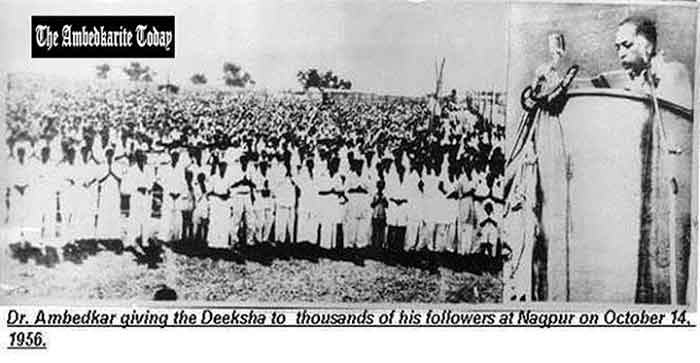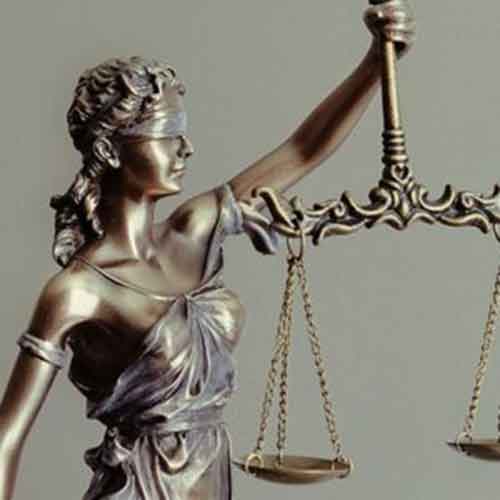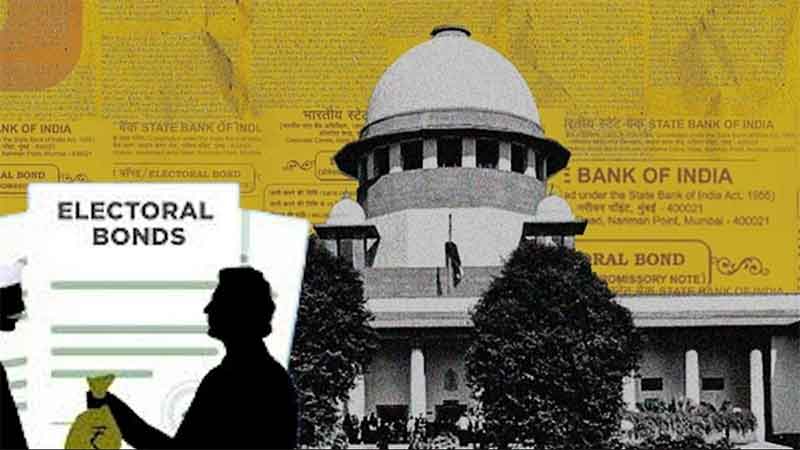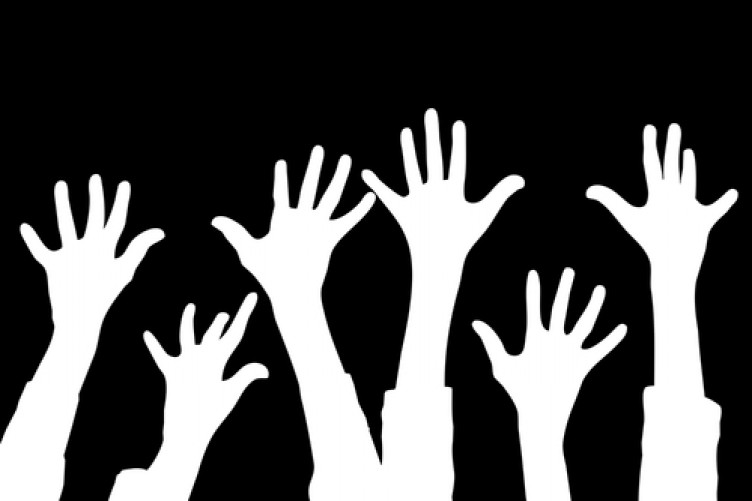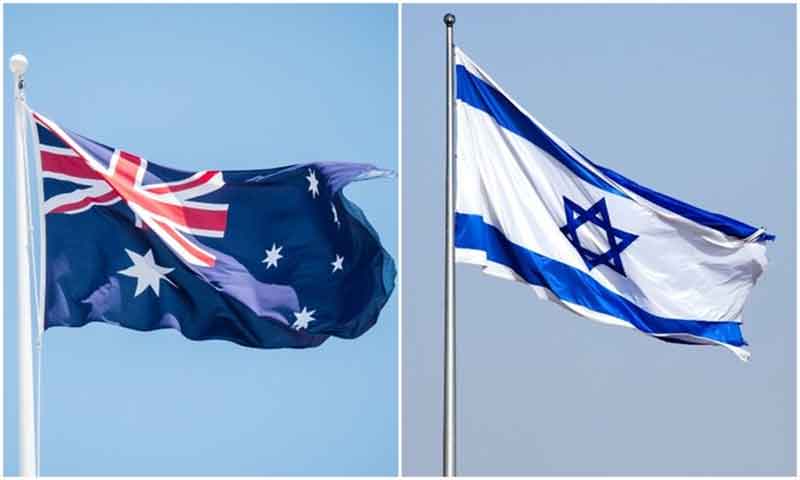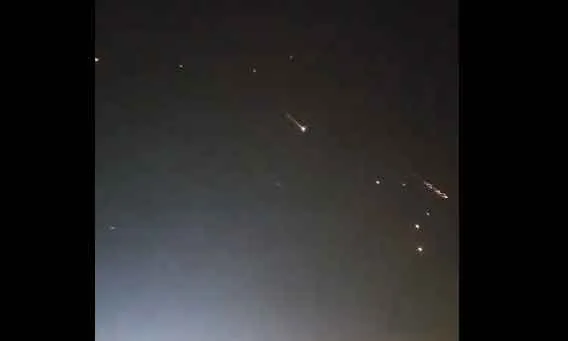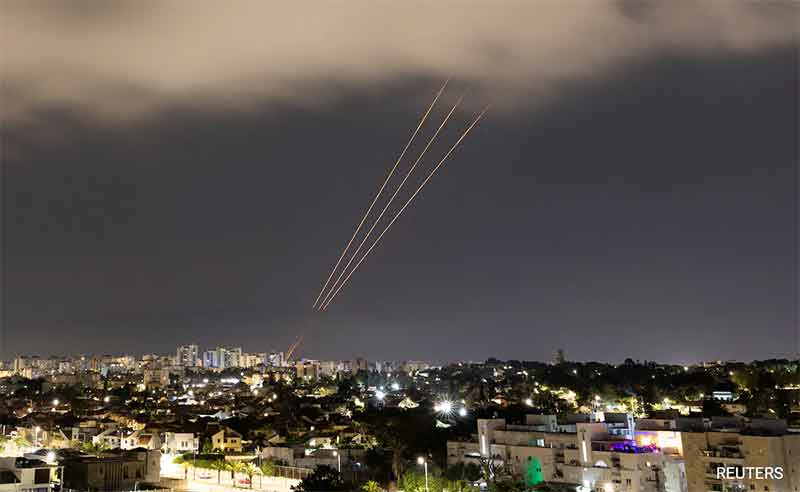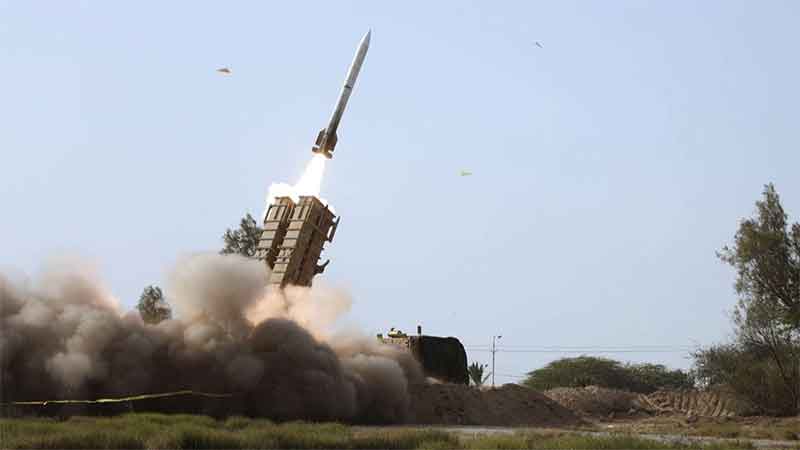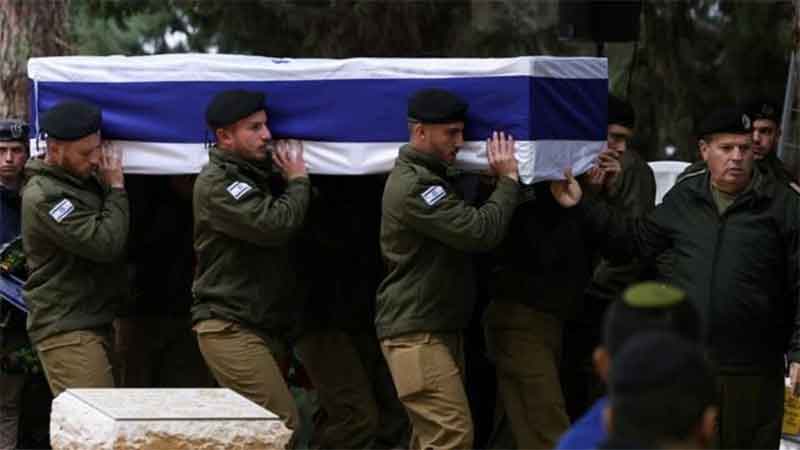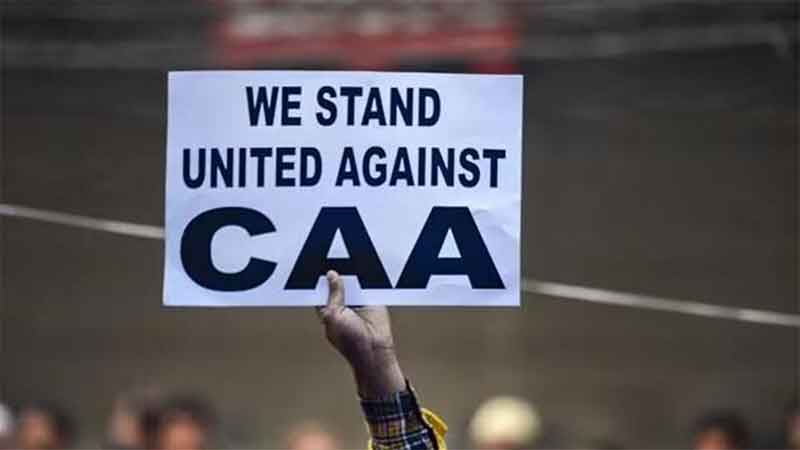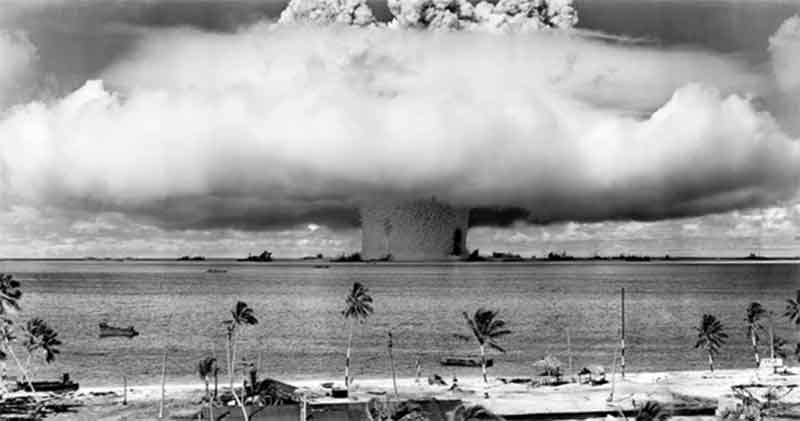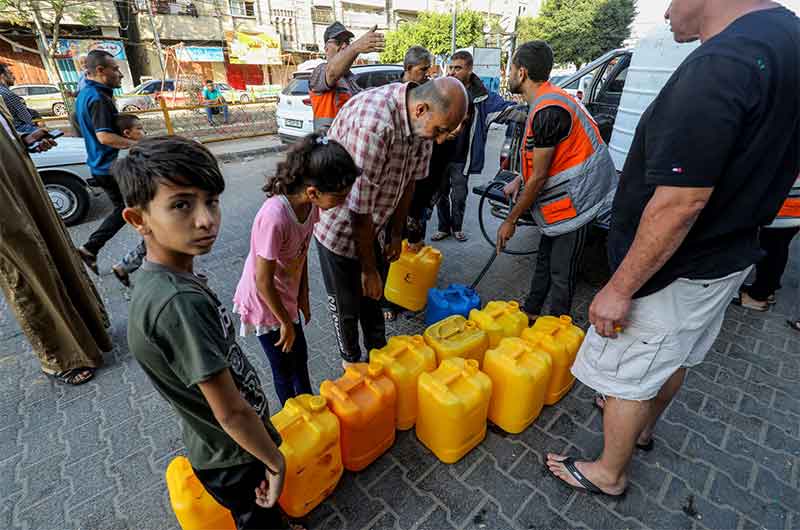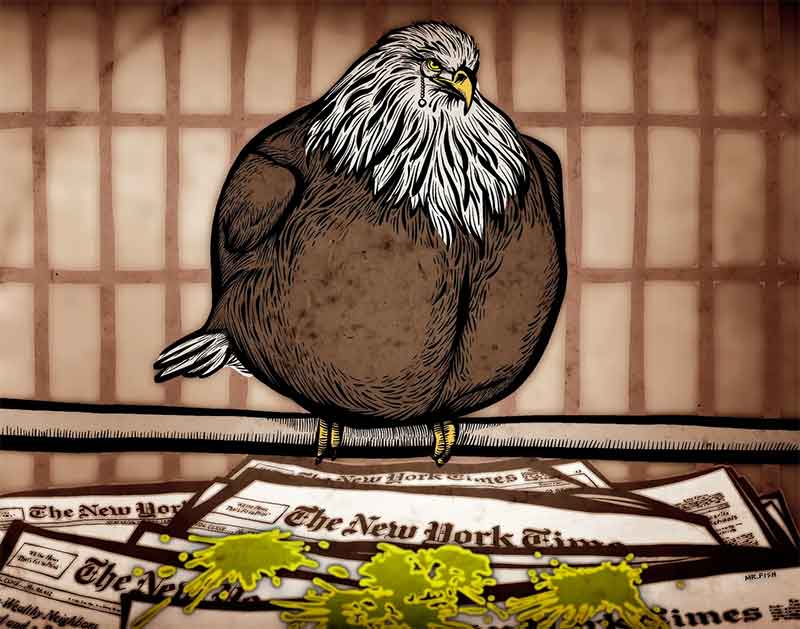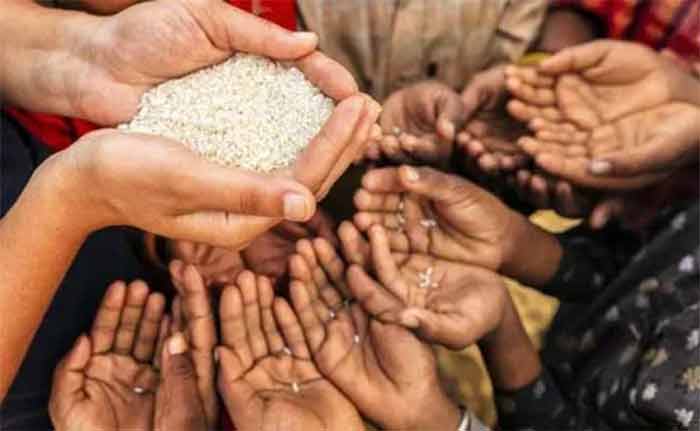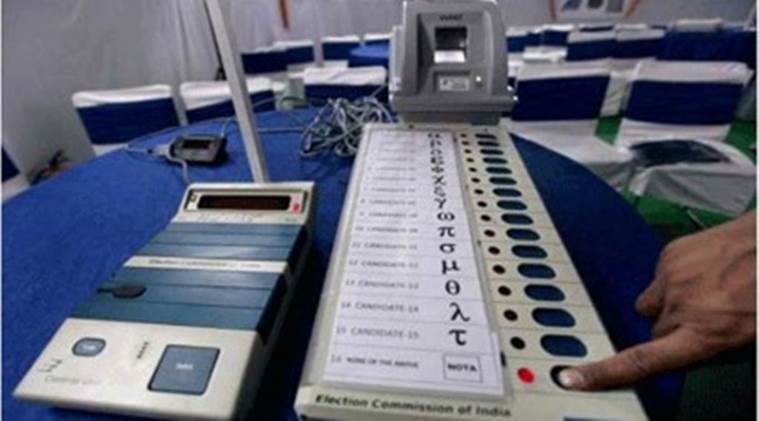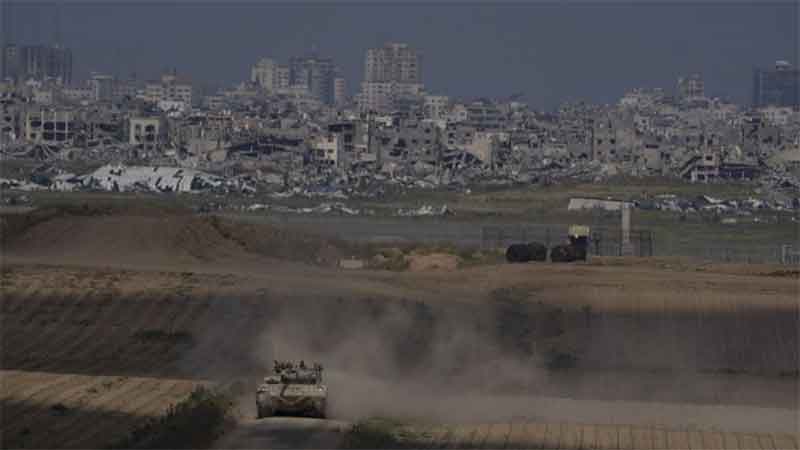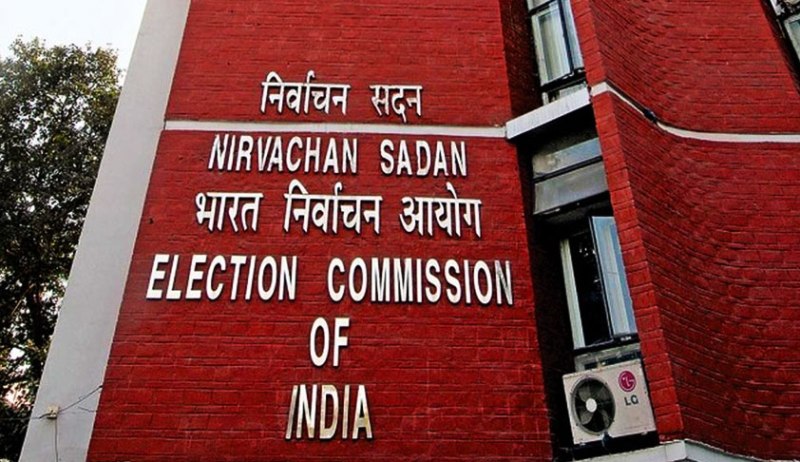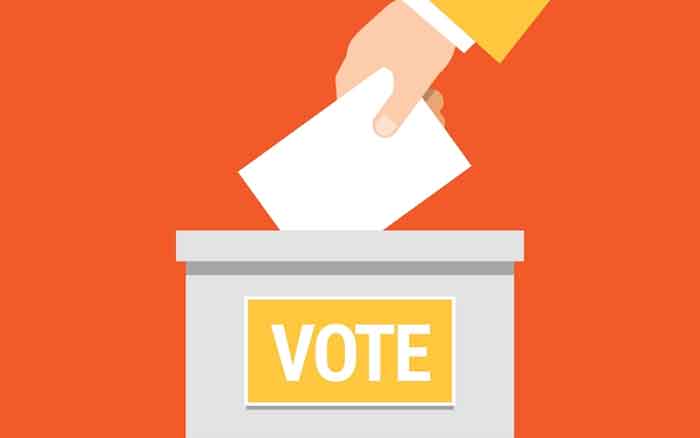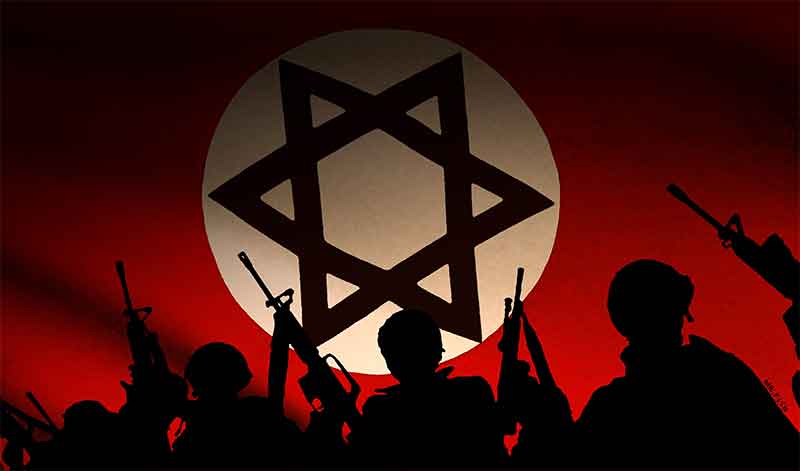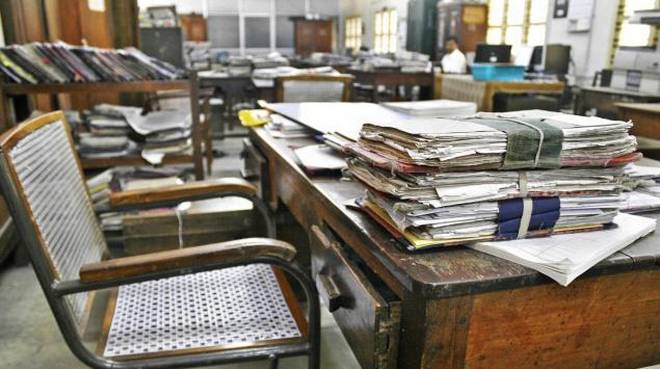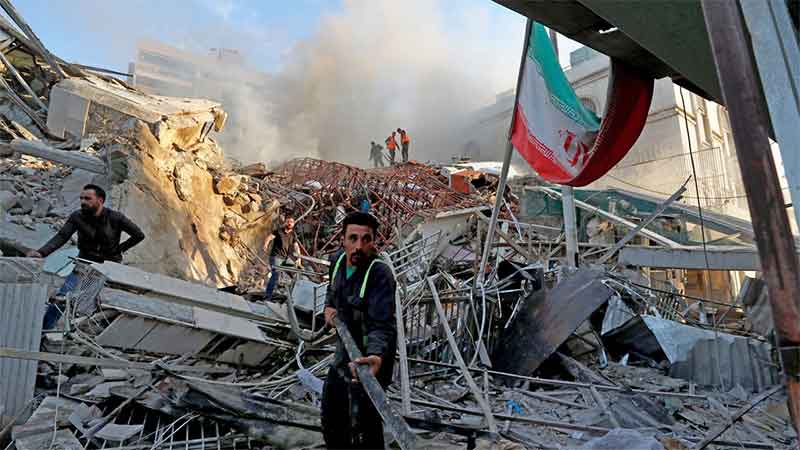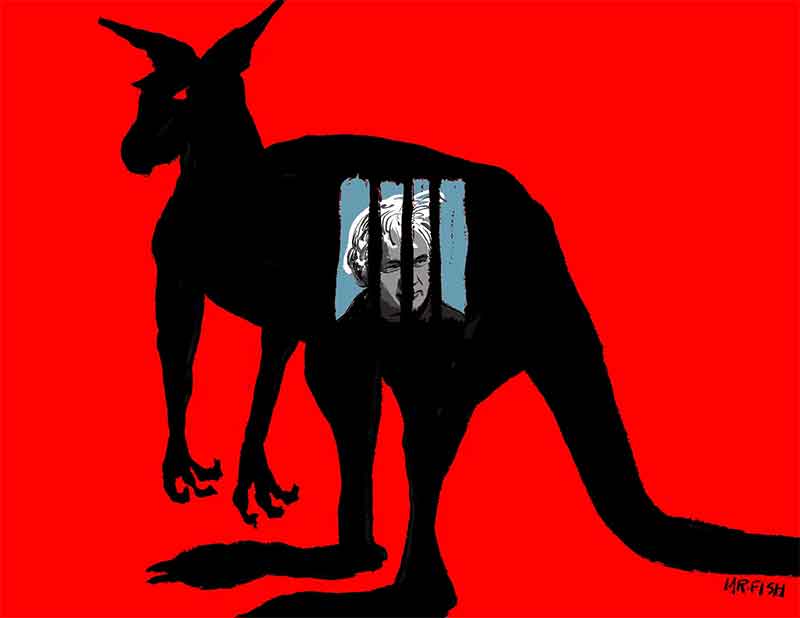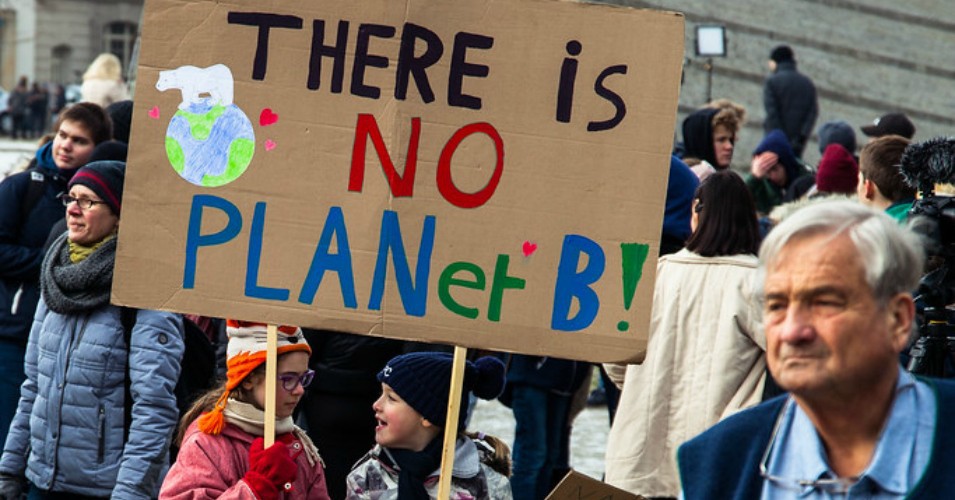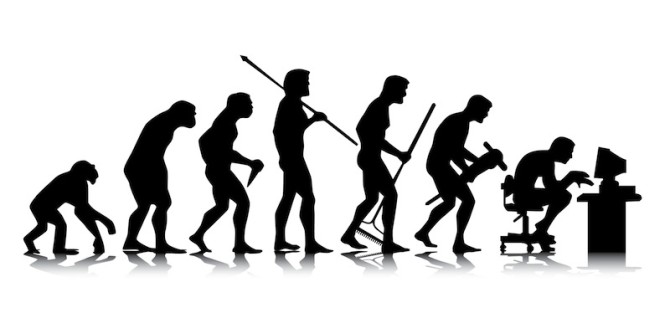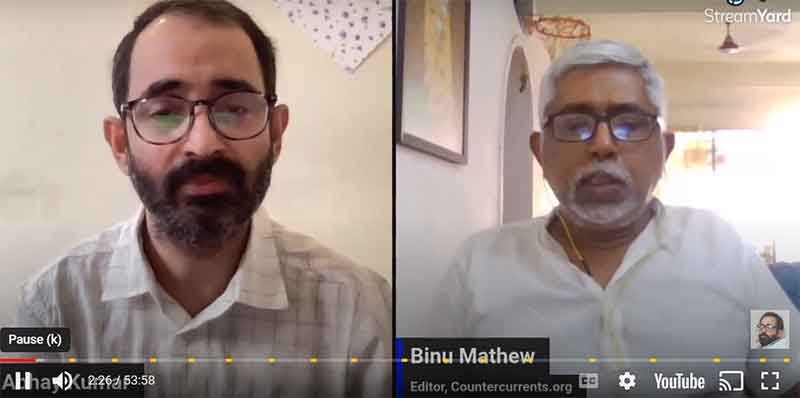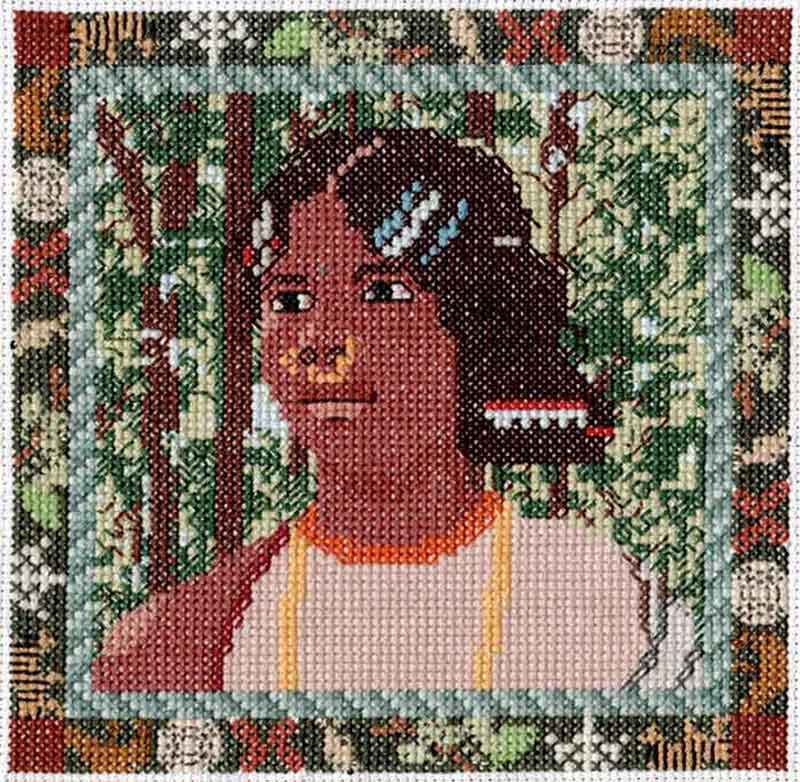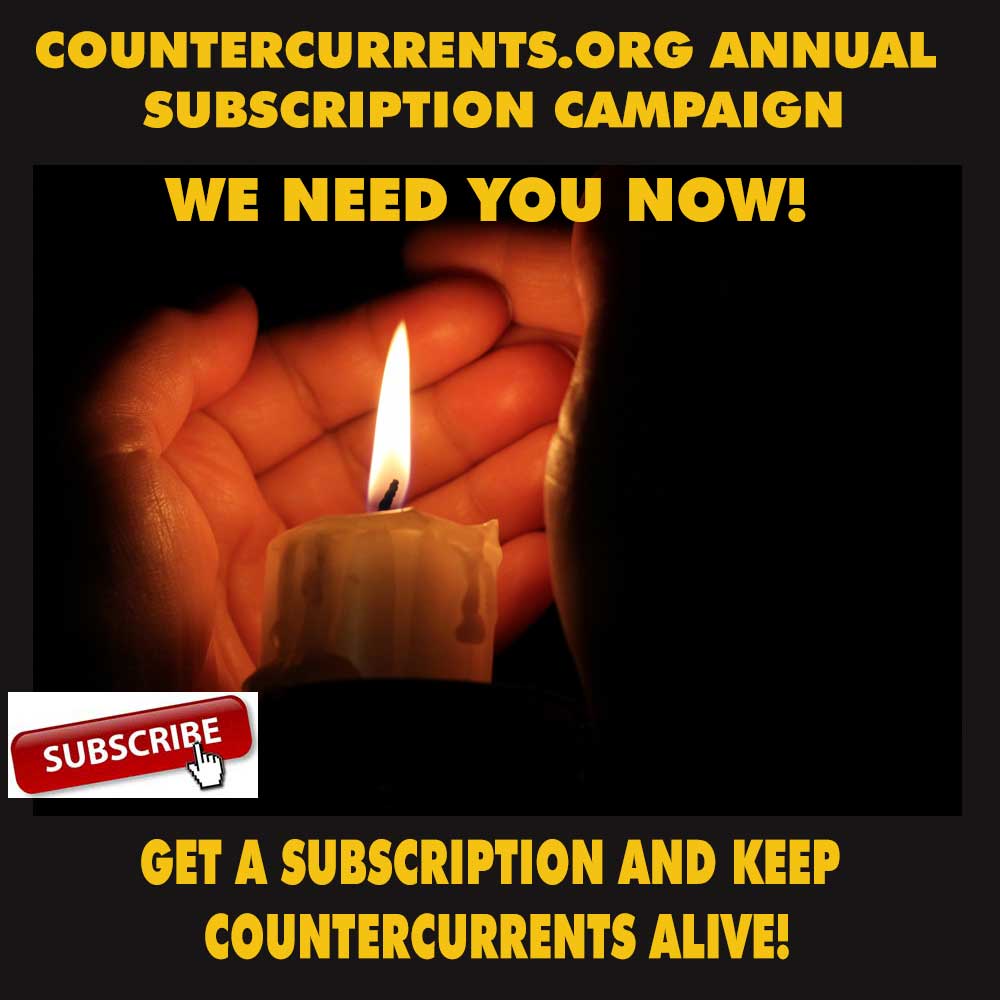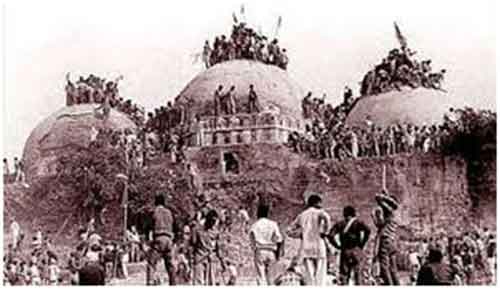
Mourning is commonly associated with death of a near and dear loved one. Apathy, a turning away from the outer world, lack of interest in activities un-connected with the loved object is states of mind associated with the loss. Social and religious practices provide avenues and space for these emotions and help in coming to terms with the loss after the passage of sometime. However, losses can be of a different nature like the partition of India into two countries in 1947 or the abrogation of Article 370 of the Constitution in 2019 taking away the special status of Jammu & Kashmir perceived as loss by Kashmiris or the loss felt at squandering away of an opportunity for revolutionary transformation of society.
Chosen trauma and chosen glory
Lal Krishna Advani in 1992 started the Ramjanambhoomi Yatra from Somnath in Gujarat invoking the trauma of the destruction and looting of the temple by Mahmud of Ghazni in 1025 A.D. and ended with the destruction of Babri Masjid, allegedly built by ‘Babar the Cruel’ after the destruction of a temple built at the site of the birth of Lord Ram in Ayodhya. The invocation by Mr. Advani of the traumatic events evoked strong emotions with an intensity as if the looting of Somnath and the construction of Babri Masjid had happened a day before and the participants along the Yatra route were present and saw these long past events themselves.
The slogan “garv se kaho hum Hindu hain” (trans. “Say with pride I am a Hindu”) seems to strike a chord and has been a great mobilizer for a Hindutva agenda. At times, adult survivors in a conflict can feel guilt and shame about not being able to protect children. Perhaps, not being able to protect Mother India – Bharat Mata – from the lootings, destructions and killings by attackers from medieval times over the years engendered a sense of shame in the Hindu psyche. The existence of the Babri Masjid could itself be looked upon as a symbol violating Dharti Mata or Mother Earth and the demolition of the Masjid as restoring Hindu male virility.
The flip side of the ‘chosen trauma’ is the ‘chosen glory’, that is to choose a historical event to induce feelings of triumph and bolster group self-esteem. Invoking the American War of Independence; Battle of Britain; Great Patriotic War against Nazi are illustrations. Nearer home, there have been attempts by leaders in the state of Rajasthan to rewrite history taught at the university level to say that Rajput warrior-king Maharana Pratap won the Battle of Haldighati against the Mughal army of Akbar led by his general Man Singh. However, invoking chosen glory does not seem to have as much of an impact as ‘chosen trauma’ with its concomitant intense feelings of loss, humiliation, hatred and vengeance.
A destructive charismatic leader can evoke these dormant feelings of shame and guilt and use the historical event to bond individuals of a group to avenge and reverse the humiliation of their forefathers through attacking and destroying another group which is conflated with the old enemies of the past.
Mourning – processing injury and loss
The practice in several communities of constructing of grave stones at the burial site of a loved one and subsequent visits to the grave with offerings of flowers is an established tradition of dealing with loss. Likewise, traditions in several Hindu communities such as annual ‘Shraddha’ (funeral obsequies) and rituals surround death provide an opportunity for both remembrance and grief. These well-worn rituals could perhaps provide pointers to avenues to explore towards healthy mourning and coping with loss of larger social events and losses. Perhaps, in the context of the fragility of life, solidity of structures may provide comfort as being stable, permanent and not amenable to destruction.
The granite for the Vietnam War Memorial in Washington dedicated in 1982 as an expression of societal mourning for losing America’s sons and daughters in the Vietnam War was brought from Bangalore. The walls are etched with the names of the honoured servicemen and at the highest tip are about ten feet and taper to eight inches symbolizing ‘a wound that is closed and healing’. Visitors can take a piece of paper place it over the name on the wall and rub it with a graphite pencil and take it as a memento of their loved one. The granite from Bangalore was chosen for its reflective quality, so that visitors can see their own reflections as they read the names evoking a feeling of connectedness with the dead aiding the processes of mourning.
The Auschwitz-Birkenau Memorial and Museum
(Former German Nazi Concentration and Extermination campis a memorial and museum in Poland.)
Oświęcim (German: Auschwitz), Poland which includes the German Nazi concentration camps Auschwitz I and Auschwitz II-Birkenau. The areas of remembrance are Auschwitz I, Auschwitz II-Birkenau, the train ramp between Auschwitz and Birkenau, which was used as a “debarkation-stop” 1942–1944. It is devoted to the memory of the victims who died at both camps and has a unique collection of 19 post-war paintings by Edith Hofmann, a former inmate of the concentration and extermination camp, depicting the fate of the prisoners of the camp. On January 27, 2020 commemorating the 75th anniversary of the liberation of the Auschwitz camp the voice of survivors and their message for the contemporary world sounded out from the gate of the former Auschwitz II-Birkenau in a continuing process of mourning.
Partition Museum, Amritsar
The generation which was born after the partition appears to carry a lot of rage and anger, at times seemingly more than their parental generation which lived through the events. This post-partition generation grew up listening to stories from their parents and grandparents about the events of partition and there seems to have been a process of trans-generational transmission of trauma. As an illustration of Post Traumatic Stress Disorder the trauma remains in the psyche of the partition survivors long after the physical events of partition are over. Unable to initiate mourning the trauma may get passed on to the child as a repository of the distressful parts of the partition generation stoking rage and revenge at the humiliations of their parental and grandparental generation.
In a first of its kind as part of the process of acknowledging and initiating the process of mourning, the Partition Museum in Amritsar, in the Indian side of Punjab, was opened in August 2017 to remember all those millions who lost their homes or loved ones at the time India was divided into the two separate entities of India and Pakistan. It has been set up as a People’s Museum and in a sense has been co-created with contributions of thousands of people who have shared their histories and artefacts. The Museum has oral histories playing on video, a soundscape in each gallery, original artefacts donated by refugees, newspapers, and magazines, photographs showing the migration and camps, letters written by refugees, government documents as well as art installations. In a befitting conclusion it ends with the Gallery of Hope where the visitor can write a message on the Tree of Hope and symbolically green the tree.
Group therapeutic processes
In individual therapy an awareness of these unconscious intra-psychic processes of splitting and projection is used to help a person acknowledge and accept the disowned split ‘bad’ parts and take back the projections on to ‘other’ real or imaginary figures. In the context of inter-community relations, it would need an army of therapists if we were to follow the model of the individual client-therapist setting. The application of psychoanalytical tools to develop group processes of acknowledging the ‘bad’ parts, and moving towards accepting and owning up the emotions, leading to a taking back of the projections on to the ‘other’ community could be a constructive avenue to explore towards better inter-community relations.
Rakesh Shukla is a psychoanalyst and Consultant to the International Psychoanalytical Association Committee of Law and Psychoanalysis

